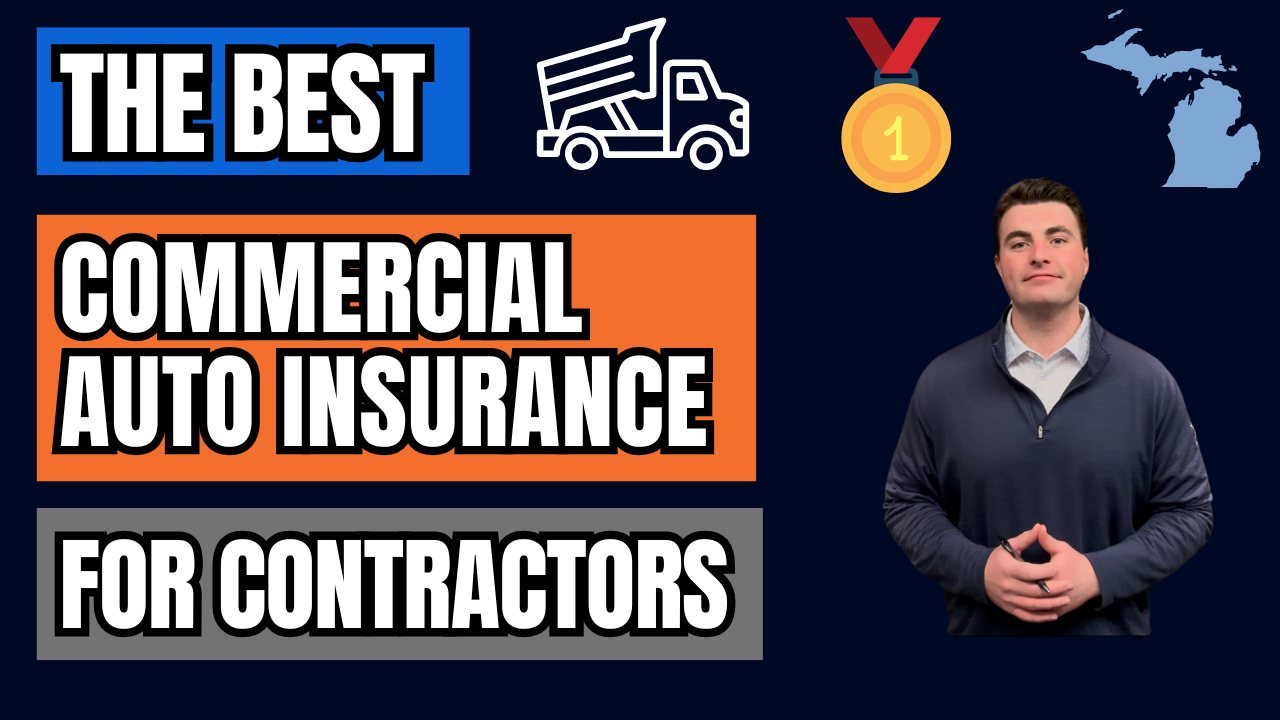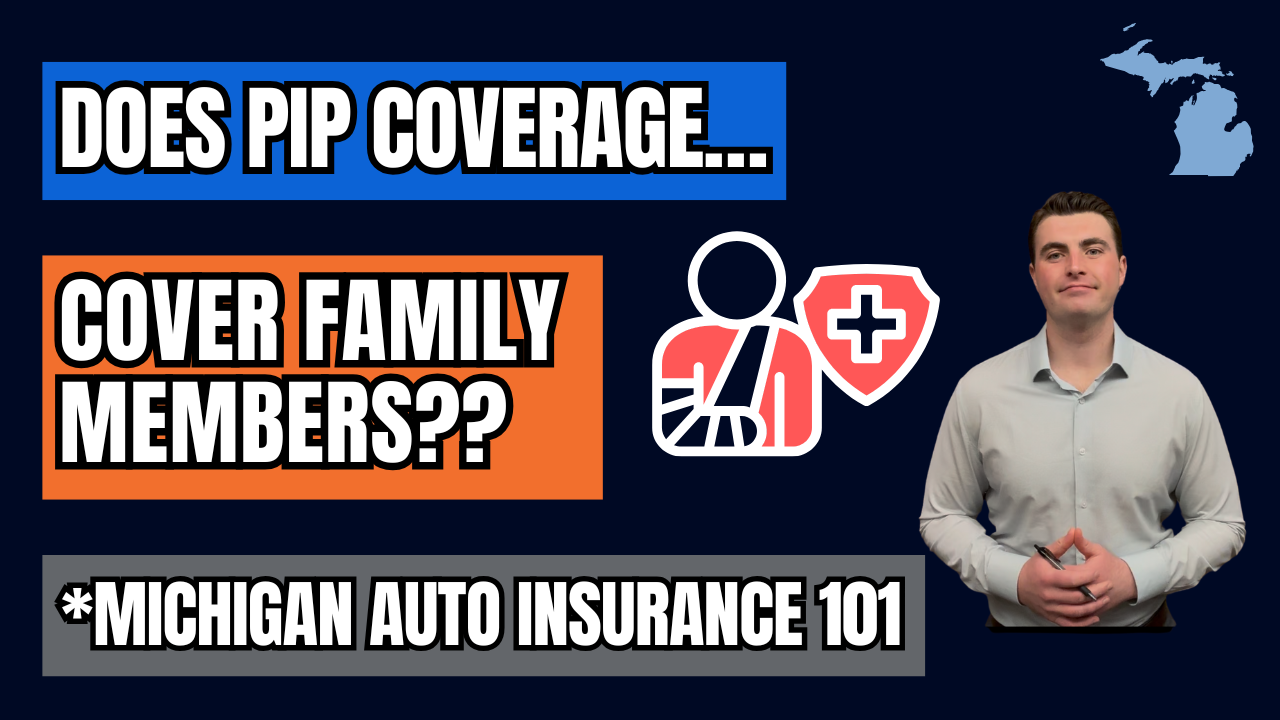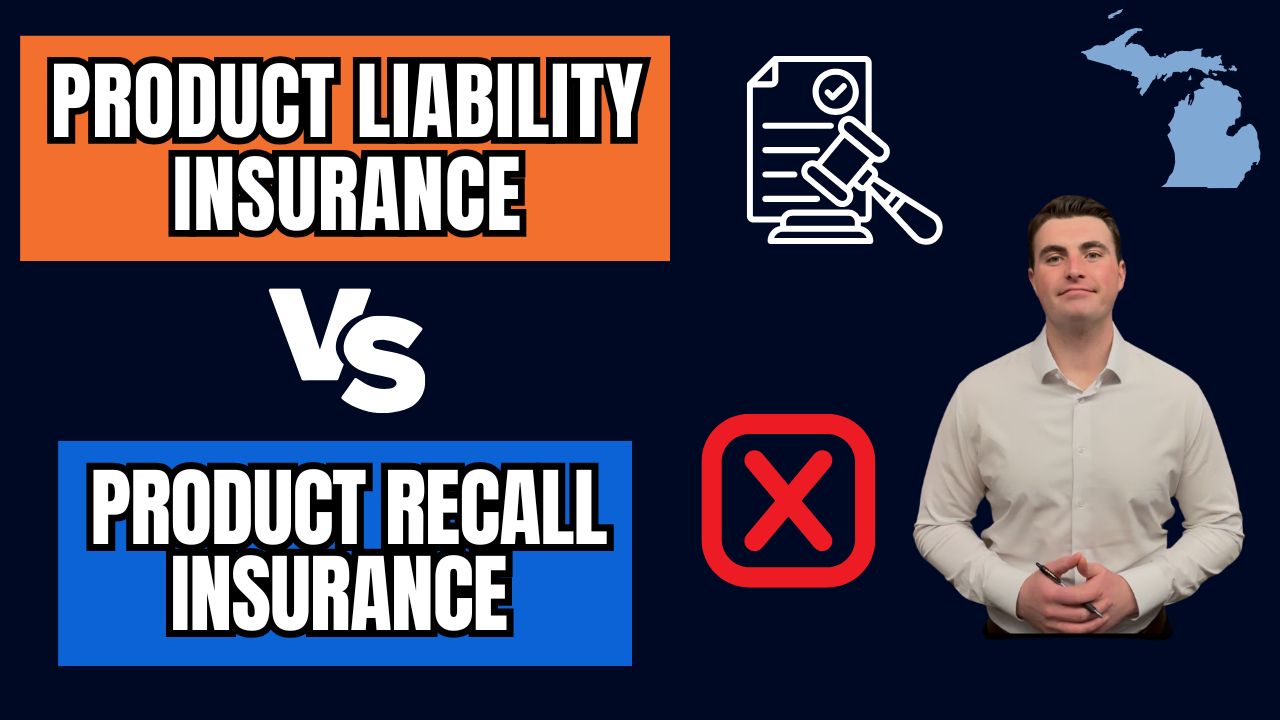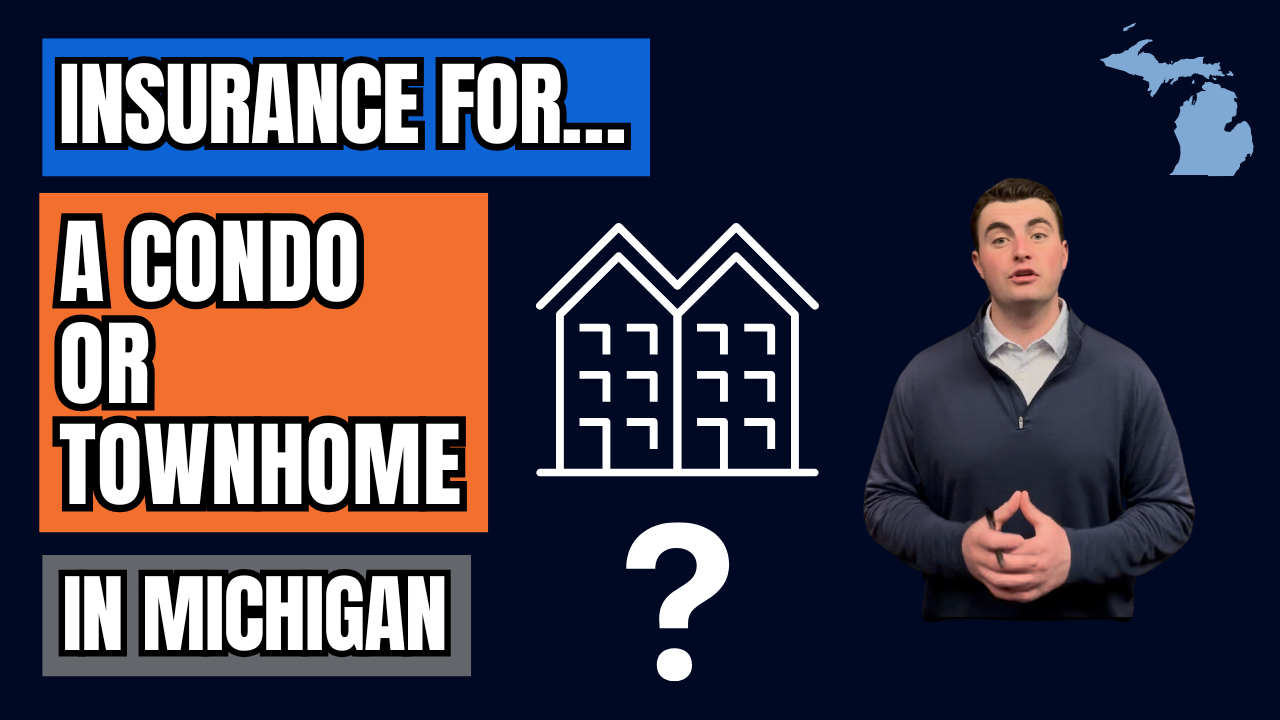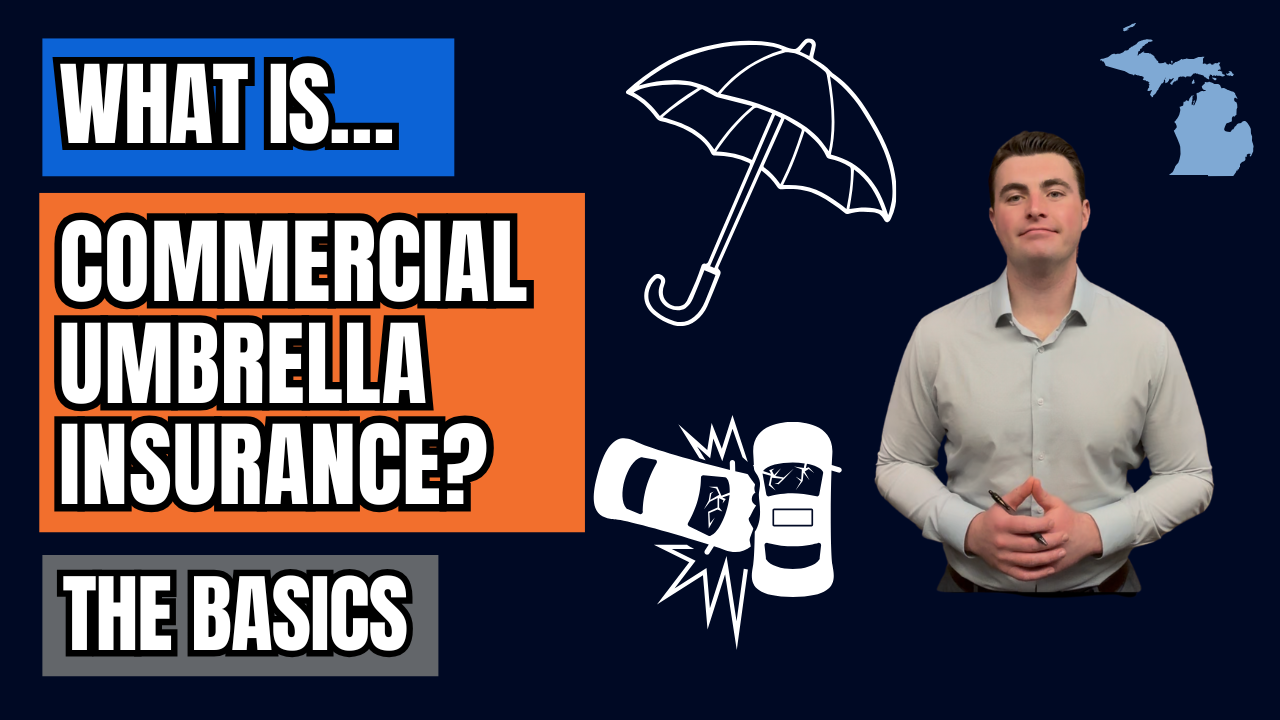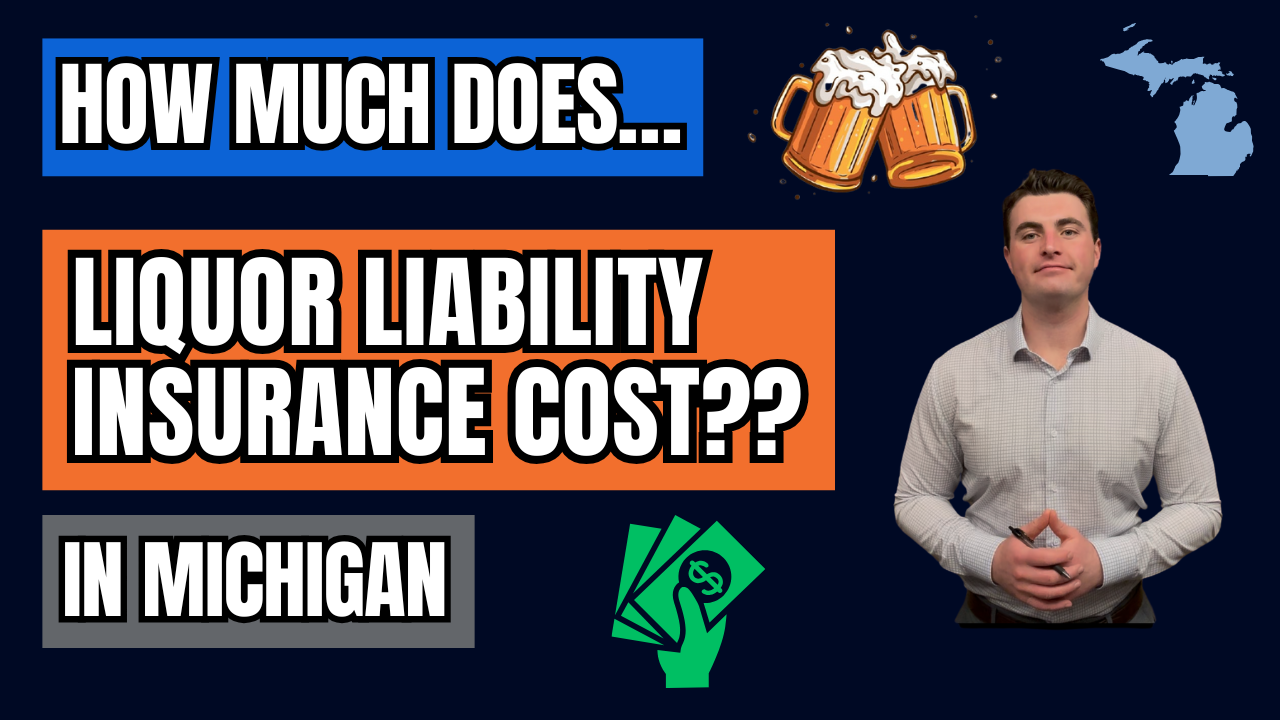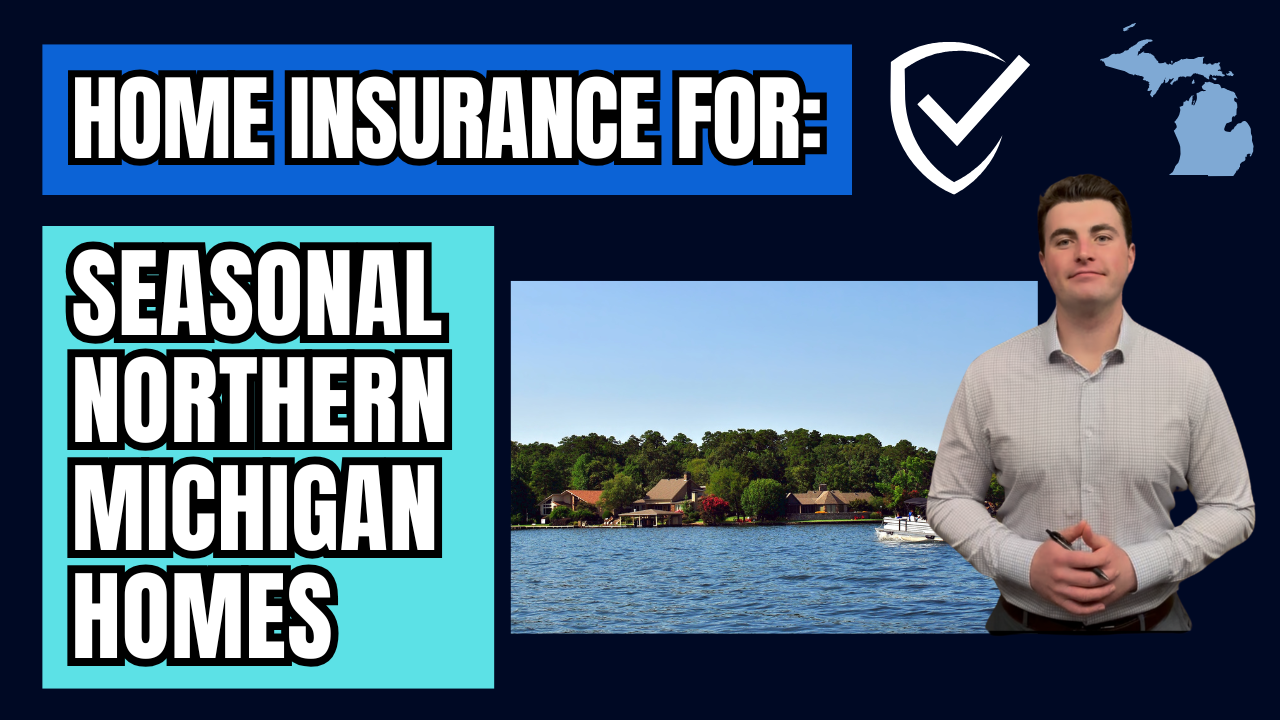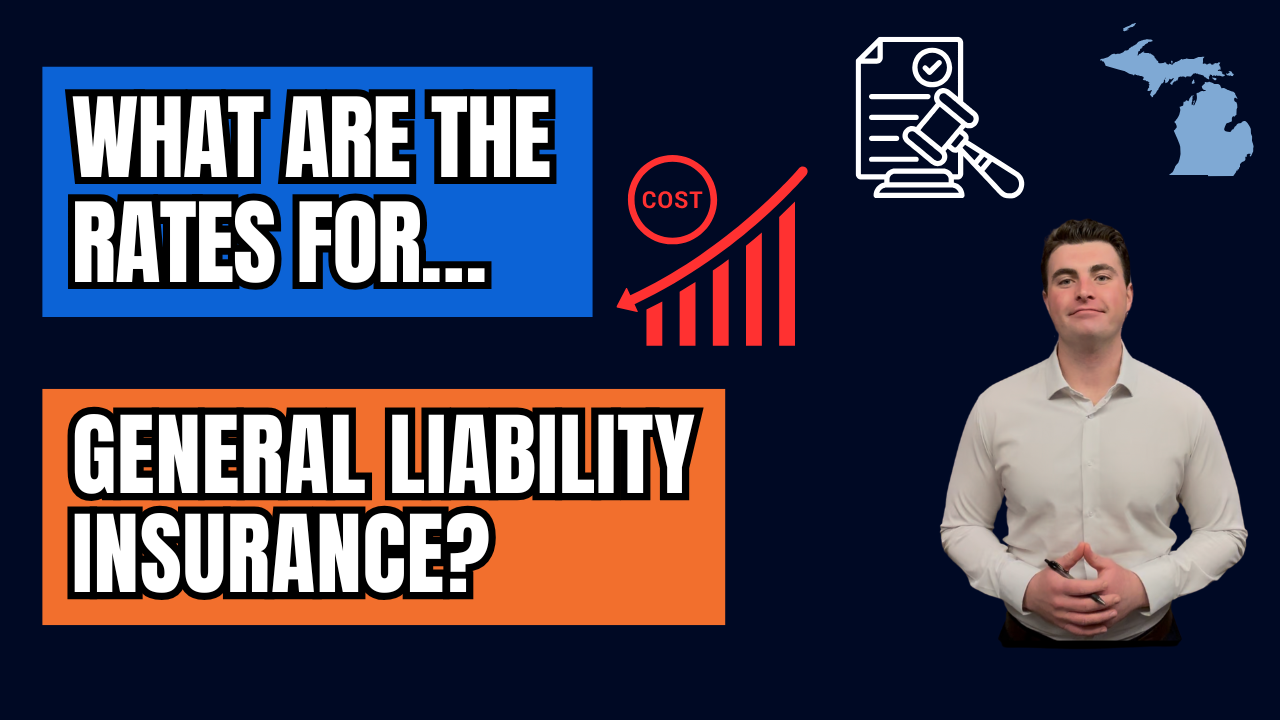How To Insure A Vacant Building? (The Basics) | Commercial Property Insurance 101
How To Insure A Vacant Building? (The Basics) | Commercial Property Insurance 101
If you own a commercial property that is sitting vacant, insuring it properly is one of the most important steps you can take to protect your investment. Vacant or unoccupied buildings come with higher risks, which makes coverage more expensive and sometimes harder to find.
In this article, we’ll walk through the basics of insuring a vacant building and what you need to know before securing coverage.
Why Vacant Properties Cost More to Insure
Insurance companies see vacant buildings as higher-risk. Without tenants or staff around, problems can go unnoticed for long stretches of time. For example, if a pipe bursts in the middle of winter, the water damage may not be discovered until it has caused major repairs. On top of that, vacant properties are more susceptible to vandalism, break-ins, and theft.
Because of these risks, premiums are typically higher compared to an occupied property.
Impact on Property and Liability Coverage
Both general liability and property insurance are affected by vacancy. Insurance companies usually require more underwriting—meaning they’ll take a closer look at your property’s condition and location before offering coverage.
Not all insurance companies are willing to insure vacant buildings. Those that do often set stricter requirements, offer fewer coverage options, and charge higher premiums.
Vacancy Clauses in Standard Policies
Many standard commercial property insurance policies include a vacancy clause. This clause reduces or eliminates coverage for certain losses—such as theft, vandalism, or water damage—if the property is left vacant beyond a certain period (commonly 30, 60, or 90 days).
It’s important to review your policy and understand how long your property can remain vacant before coverage limitations apply.
Short-Term Occupancy Plans Matter
If your building will only be vacant for a short time, that can impact your insurance options. For instance, if the property is expected to be occupied within 3 to 6 months, some insurers may provide short-term policies or adjust terms based on your timeline. This can result in more flexible coverage and potentially better rates.
How Security Measures Affect Your Rates
Insurance companies may be more willing to offer favorable terms if you invest in additional security measures. These can include:
- Security cameras and monitoring systems
- Fire and burglar alarms
- Regular property inspections
- Preventive maintenance plans
Showing an insurer that you’re actively protecting your vacant building can make a big difference in underwriting decisions.
The Importance of Your Property Plans
Finally, insurers will want to know what you plan to do with the building. Are you planning to sell it, lease it, or use it for a new business? Your future plans will play a role in what types of coverage they recommend and how they underwrite the risk.
Final Thoughts
Insuring a vacant commercial property is more challenging—and often more expensive—than insuring an occupied one. Between vacancy clauses, stricter underwriting, and higher premiums, it’s crucial to work with an agent who understands the market and can help you find the right fit.
While your options may be limited, there are still solutions available to protect your investment until your property is occupied again.
Contact Us
We will get back to you as soon as possible.
Please try again later.
